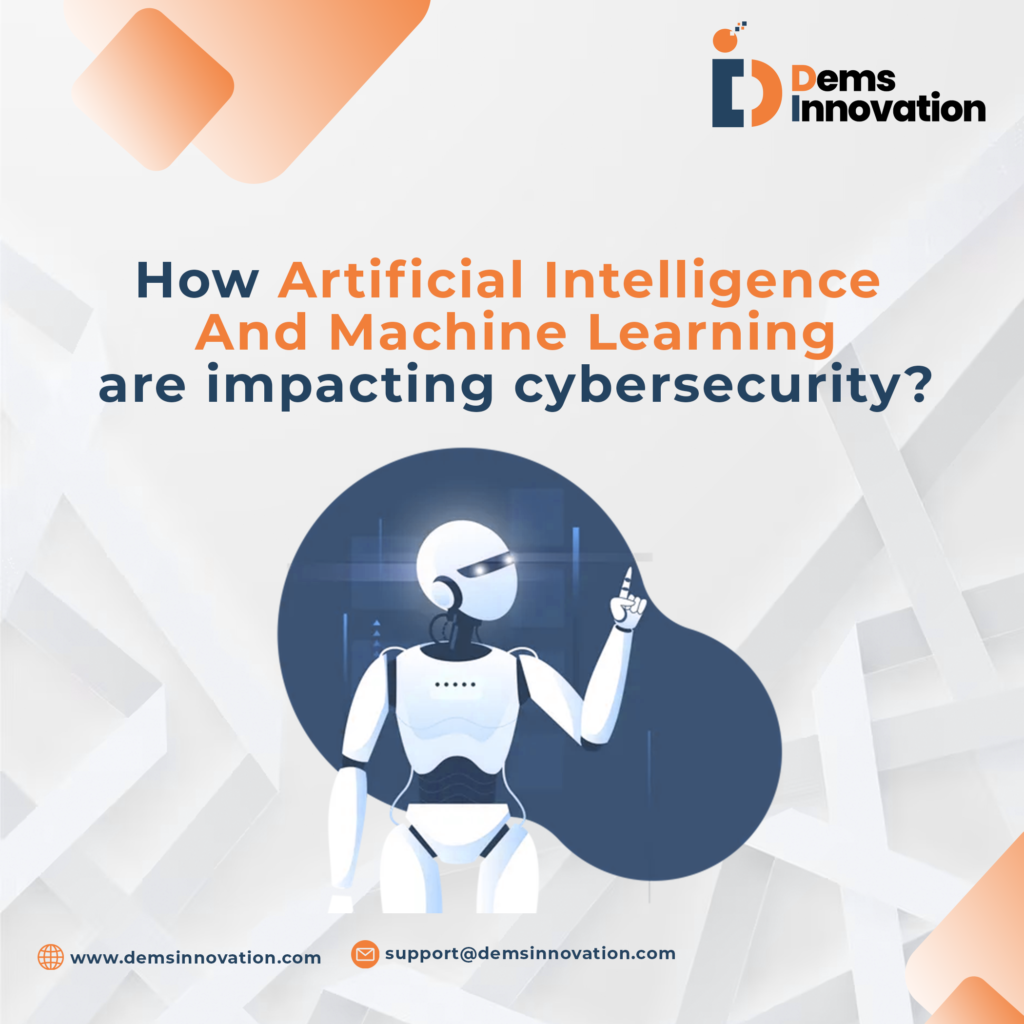
In the ever-evolving landscape of cybersecurity, traditional methods are constantly challenged by increasingly sophisticated cyber threats. This is where Artificial Intelligence (AI) and Machine Learning (ML) step in, offering a powerful arsenal of tools and techniques to combat these ever-present dangers. This article delves into the transformative power of AI and ML in cybersecurity, exploring their applications, real-world examples, and the future potential of this dynamic field.
Understanding the Powerhouse: AI and ML
Artificial Intelligence encompasses a broad range of technologies that enable machines to mimic human cognitive functions like learning, problem-solving, and decision-making. Machine Learning, a subset of AI, focuses on algorithms that can learn and improve from data without explicit programming. This learning process allows ML models to identify patterns, anomalies, and potential threats in vast amounts of cybersecurity data, making them invaluable tools for proactive defense.
AI and ML in Action: Protecting the Digital Frontier
The applications of AI and ML in cybersecurity are extensive and continuously evolving. Here are some prominent examples:
- Threat Detection and Prevention: AI-powered systems can analyze network traffic, user behavior, and system logs to identify suspicious activities in real-time. This enables early detection of malware, phishing attempts, and other malicious attacks, allowing for swift intervention and mitigation.
- Vulnerability Management: ML algorithms can scan systems and applications for known vulnerabilities, prioritizing critical risks and streamlining patching processes. This proactive approach helps organizations stay ahead of potential exploits and minimize their attack surface.
- Security Incident and Event Management (SIEM): AI-powered SIEM solutions can aggregate data from various security sources, correlate events, and provide actionable insights to security analysts. This helps them prioritize incidents, investigate effectively, and respond efficiently to security breaches.
- Deception detection and response (DNDR): AI can be used to create “honeypots” that mimic real systems and lure attackers. By analyzing attacker behavior and communication patterns, these systems can provide valuable intelligence for threat hunting and incident response.
Real-World Examples: Witnessing the AI and ML Revolution
The impact of AI and ML in cybersecurity is not merely theoretical. Here are some real-world examples of how these technologies are making a difference:
- Google Gemini: This next-generation language model leverages AI to identify and mitigate security vulnerabilities in software code, enhancing the overall security posture of Google products.
- ChatGPT: This AI-powered chatbot can be used to simulate conversations with attackers, helping security teams understand their tactics and improve their defenses.
- Sorra: This ML-based platform analyzes network traffic to detect and block advanced persistent threats (APTs) in real-time, protecting organizations from sophisticated cyberattacks.
The Future of AI and ML in Cybersecurity: A Glimpse into Tomorrow
As AI and ML continue to evolve, their impact on cybersecurity will become even more profound. Here are some exciting possibilities for the future:
- Self-Learning Security Systems: AI-powered systems will be able to learn from past attacks and adapt their defenses in real-time, offering a dynamic and constantly evolving shield against cyber threats.
- Predictive Analytics: ML algorithms will be able to predict potential security breaches based on historical data and real-time threat intelligence, enabling proactive countermeasures and risk mitigation strategies.
- Human-AI Collaboration: The future of cybersecurity lies in a collaborative approach where AI empowers human analysts by automating routine tasks, freeing them to focus on complex investigations and strategic decision-making.
Conclusion: Embracing the AI and ML Revolution
The integration of AI and ML into cybersecurity represents a significant paradigm shift, offering unparalleled capabilities to combat ever-growing cyber threats. By embracing these innovative technologies and fostering a culture of continuous learning and adaptation, organizations can build robust defenses and navigate the ever-changing digital landscape with greater confidence.
Additional Notes:
- It is important to acknowledge the potential challenges associated with AI and ML in cybersecurity, such as bias in training data and the need for ethical considerations.
- Continuous research and development are crucial to ensure the responsible and effective application of these technologies in safeguarding the digital world.
By staying informed and actively engaging with these advancements, we can harness the power of AI and ML to build a more secure and resilient digital future for all.

